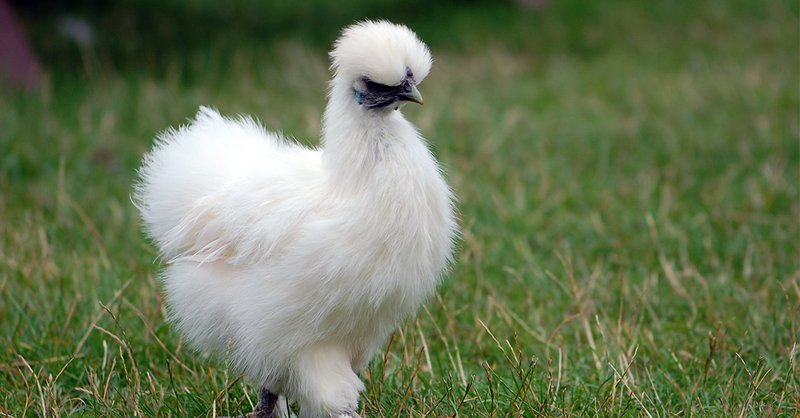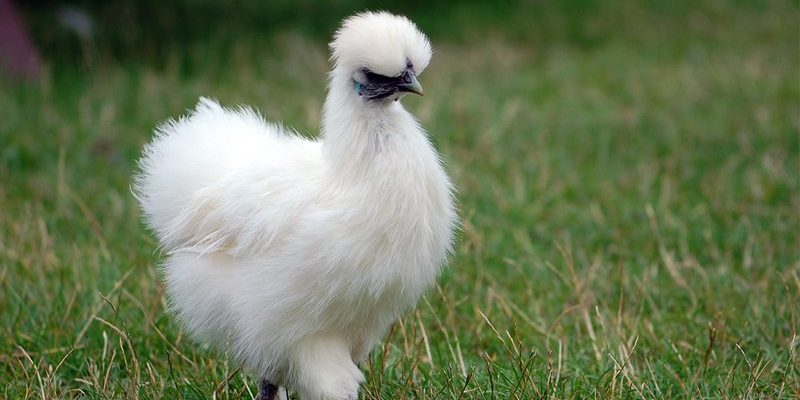
Silkies originated in East Asia and have been loved for centuries not just for their looks but also for their hardiness. They’ve got fascinating traits that allow them to adjust to their surroundings, making them a popular choice for both backyard farmers and chicken enthusiasts. In this article, we’ll explore the many ways Silkies adapt to different environments and why they continue to capture the hearts of many.
Physical Characteristics That Help Silkies Adapt
You might be wondering why Silkies look so different from your average chicken. Their unique features aren’t just for show; they play a significant role in how they adapt to their environment. For starters, their fluffy feathers are a marked difference from the smooth, sleek feathers of other breeds. These soft, down-like feathers provide excellent insulation against the cold. When temperatures drop, Silkies can snuggle into their fluffy coats, keeping warm and cozy.
Moreover, Silkies have darker skin and bones compared to other chickens. This is due to a genetic mutation, which doesn’t just look cool—it might help with overall resilience. Dark pigmentation can provide better protection from sun exposure, allowing these birds to thrive in sunnier climates. It’s like they have their very own built-in sunblock!
In addition to their feathers, Silkies have a unique five-toed foot structure. With an extra toe, they are better equipped for navigating a variety of terrains, whether they’re scratching for food in the dirt or exploring their surroundings. This feature ensures they can be agile when foraging or moving around, which is crucial for their survival.
Behavioral Adaptations in Silkies
Silkies also have distinct behavioral traits that allow them to thrive in different environments. They are known for their calm and docile nature. This quality makes them great companions for both kids and other animals in the farmyard. Since they’re less aggressive than other breeds, they can coexist well in mixed flocks, adapting to social situations with ease.
Another fascinating aspect is their foraging behavior. Silkies have a natural curiosity and love to explore their surroundings. This helps them find food in various environments, whether they are scratching through grass or rooting around in leaf litter. Their keen sense of exploration means they can adapt to different food sources, making them versatile eaters.
Moreover, these little chickens are surprisingly good at communicating. Silkies use a range of clucks, squawks, and other sounds to convey their needs and feelings, whether it’s alerting others to danger or calling for food. This social behavior enhances their ability to live in groups, allowing them to thrive in both rural and suburban settings.
Climate Adaptability of Silkies
When it comes to climate, Silkies are quite resilient. They can tolerate both hot and cold weather if given the right care. Their fluffy feathers help insulate them from cold temperatures, but during hot spells, it’s essential to ensure they have a shady spot to escape the sun. Here’s the thing: While they can handle different climates, they do need some human help to stay comfortable.
In colder months, it’s crucial to provide proper shelter. A well-insulated coop will keep them safe from freezing temperatures and harsh winds. Adding bedding like straw or wood shavings can help keep them snug. Conversely, in hot weather, ensuring they have plenty of fresh water and a cool, shaded area is key. If you’re considering keeping Silkies, be ready to create an environment that caters to their needs throughout the year.
Additionally, Silkies will naturally adjust their behavior based on seasonal changes, often slowing down during the colder months. They may prefer to spend more time inside their coop when it’s chilly, which is just another way they adapt to their environment.
Feeding Habits and Environmental Impact
Silkies are quite flexible when it comes to their diet, which is another way they adapt to different environments. They thrive on a balanced diet of pellets, grains, and fresh fruits and vegetables. Plus, they enjoy foraging, which means they can find food in various settings—from backyard gardens to free-range pastures.
Since they can adapt to different food sources, it’s important to ensure they have access to a wide variety of nutrients. You might think of it like a buffet—they’ll sample what’s available and adjust their diet based on what they can find. This ability helps them cope with changing food availability, whether due to seasons or environmental challenges.
Moreover, Silkies’ feeding habits can impact their environment. They’re excellent natural pest controllers—eating bugs, seeds, and weeds that may invade gardens. This can make them valuable in maintaining a healthy ecosystem, proving that their adaptability benefits not just them but also the surroundings they inhabit.
Social Structure and Community Living
Silkies thrive in a community setting. Their gentle and friendly nature makes them easy to introduce into existing flocks, whether they are sharing space with other chickens or different bird species. This social aspect is crucial for their well-being, as they rely on companionship and social interaction to feel secure.
In a group setting, you’ll often see Silkies engaging in communal behaviors like preening each other or sharing food. This social grooming not only keeps their feathers in top condition but also strengthens bonds among the flock. In fact, these interactions can reduce stress and anxiety, particularly in challenging environments.
In addition, Silkies have a unique way of establishing their social hierarchies. They may not be the dominant breed in a flock, but they often find their niche based on personality, which helps them coexist peacefully with others. Their adaptability in social settings means they can make the best of various situations—whether they’re in a large farm or a small backyard.
Health Considerations in Different Environments
While Silkies are generally tough little birds, their distinctive features can make them more susceptible to certain health issues. For example, their fluffy feathers can sometimes trap moisture, leading to infections if they’re not kept in a clean environment. Proper hygiene is essential to keep them healthy, especially in humid conditions.
Another health consideration is their vision. Silkies have a unique head structure with feathers that can cover their eyes, making it more challenging for them to spot potential dangers. This means it’s crucial to regularly check on them and ensure they’re safe from predators. Adequate space and a secure environment can help mitigate this risk.
Lastly, keeping an eye on their diet is essential. Silkies may be prone to obesity if overfed or not given enough space to forage and exercise. By providing a balanced diet and encouraging them to be active, you can help ensure they remain healthy and adaptable, regardless of their living situation.
Silkies are an incredible example of how animals adapt to their environments. With their unique physical traits, gentle behaviors, and flexible feeding habits, these fluffy little creatures can thrive in various settings. From their stunning feathers to their friendly personalities, they remind us that adaptability and resilience are essential for survival.
Caring for Silkies means understanding their needs and providing them with a nurturing environment. Whether you’re looking to raise them in a backyard or include them in a mixed flock, their charming nature and adaptability will surely bring joy. By ensuring they have the right conditions to flourish, you can enjoy the delightful companionship of these wonderful birds. So, if you’re considering adding Silkies to your life, know that you’re not just getting cute pets but also resilient companions that will adapt alongside you.

